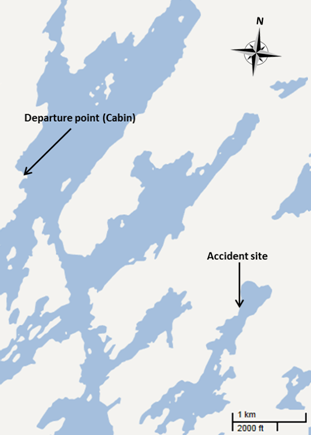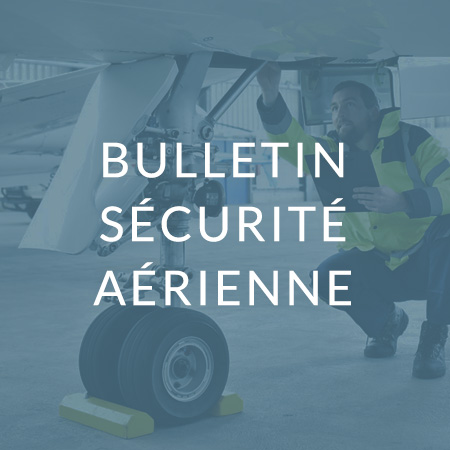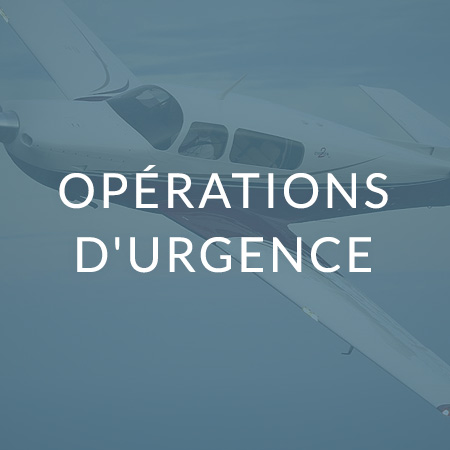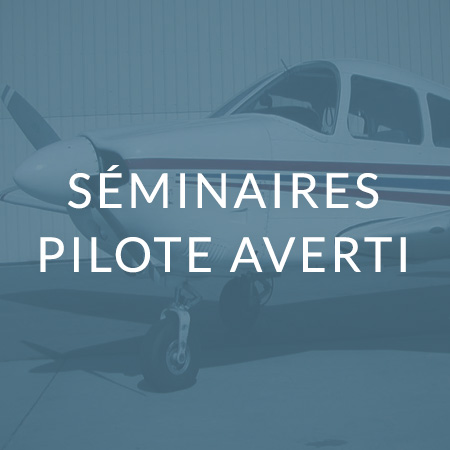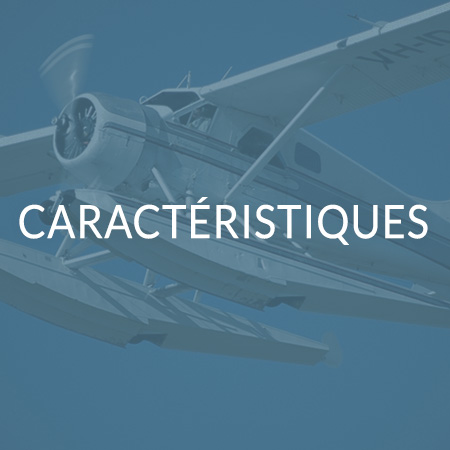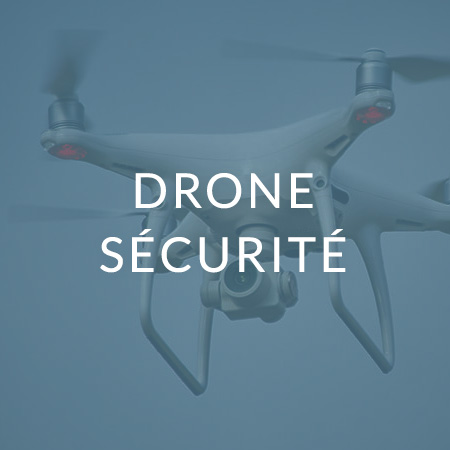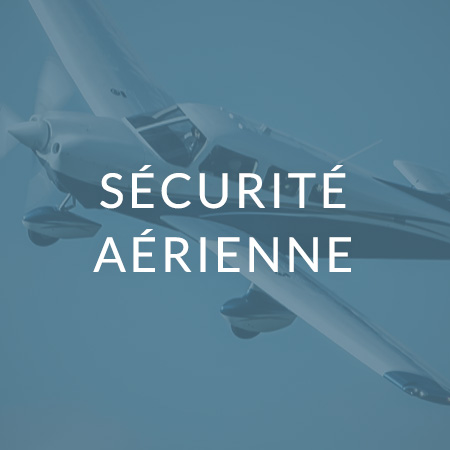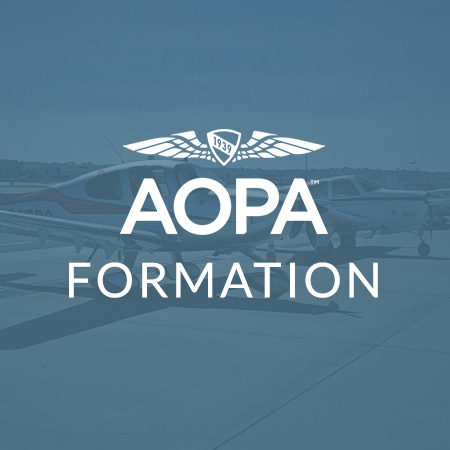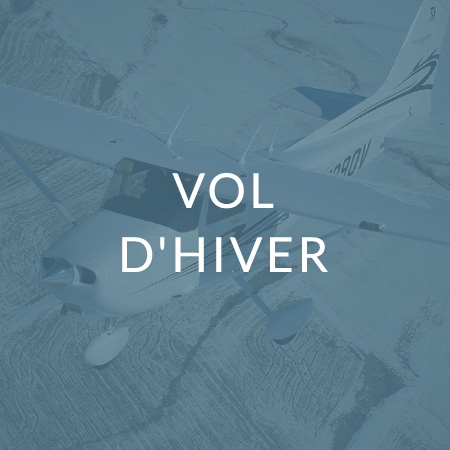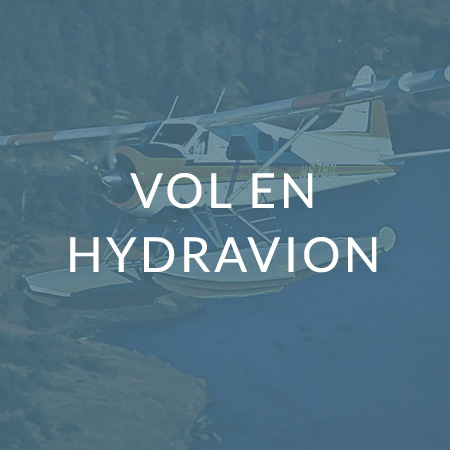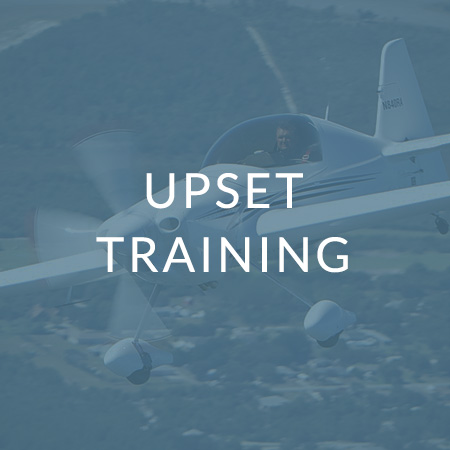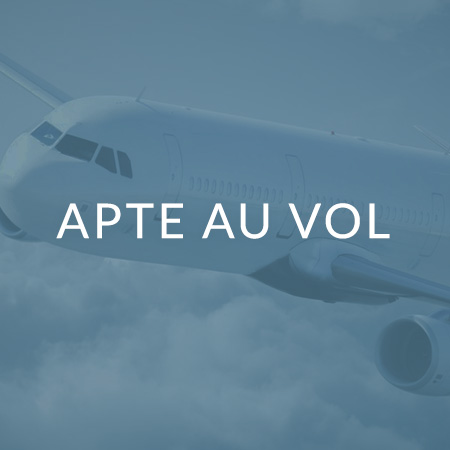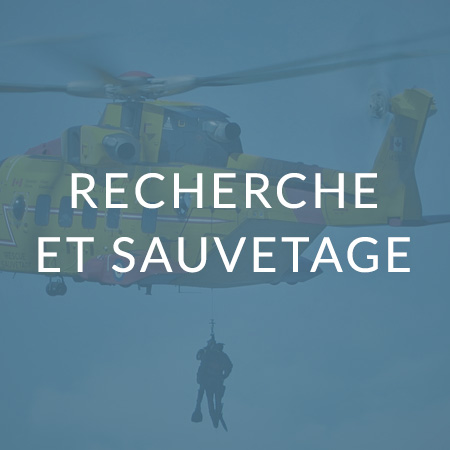De Havilland DHC-2 Beaver Collision with Terrain
The float-equipped de Havilland DHC-2 departed from a lake adjacent to a remote fishing cabin near Buss Lakes for a day VFR flight to Southend, Saskatchewan, about 37 nautical miles (nm) southeast. There were 4 passengers and 1 pilot onboard. The aircraft crashed along the shoreline of another lake located about 2 nm southeast of its point of departure. The impact was severe and the 5 occupants were killed on impact. The emergency locator transmitter activated, and the aircraft was found partially submerged in shallow water.
The pilot was certified and qualified in accordance with existing regulations. On 30 June, the pilot's total flying time was 4023 hours with 3664 hours on float-equipped aircraft.
Manufactured in 1958, technical records indicated that the aircraft was certified, equipped and maintained in accordance with existing regulations and approved procedures. Prior to the float season, the aircraft underwent an 800–hour inspection by an approved aviation maintenance organization (AMO) in La Ronge, Saskatchewan, on 28 May 2011.
Images recovered from the wreckage and the meteorological assessment indicate that the pilot had waited until the weather was suitable to accomplish the flight to and from Buss Lakes. The meteorological assessment suggested that light winds would prevail during the flights. Therefore it is unlikely the flight encountered unusual winds or turbulence that would have led to the accident. The assessment suggested that local dense fog patches could have formed in the Buss Lakes area, possibly obscuring shorelines and/or higher terrain in the area. While it is unlikely the pilot would have flown into dense fog at low level, it is possible that maneuvers had to be performed to avoid it. Fog patches near the aircraft would have been a distraction and would have contributed to the pilot's workload.
The TSB investigation concludes:
- While maneuvering at low level, the aircraft's critical angle of attack was likely exceeded and the aircraft stalled.
- The stall occurred at an altitude from which recovery was not possible.
